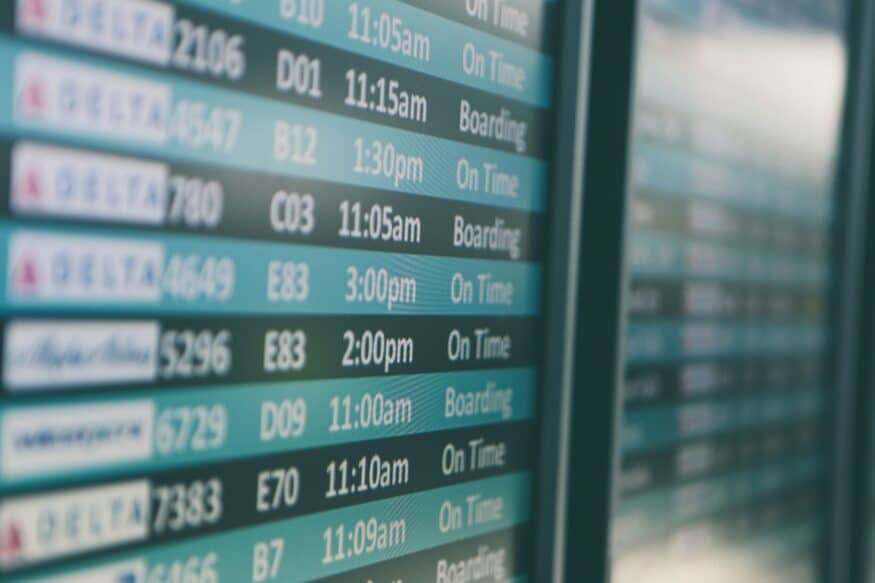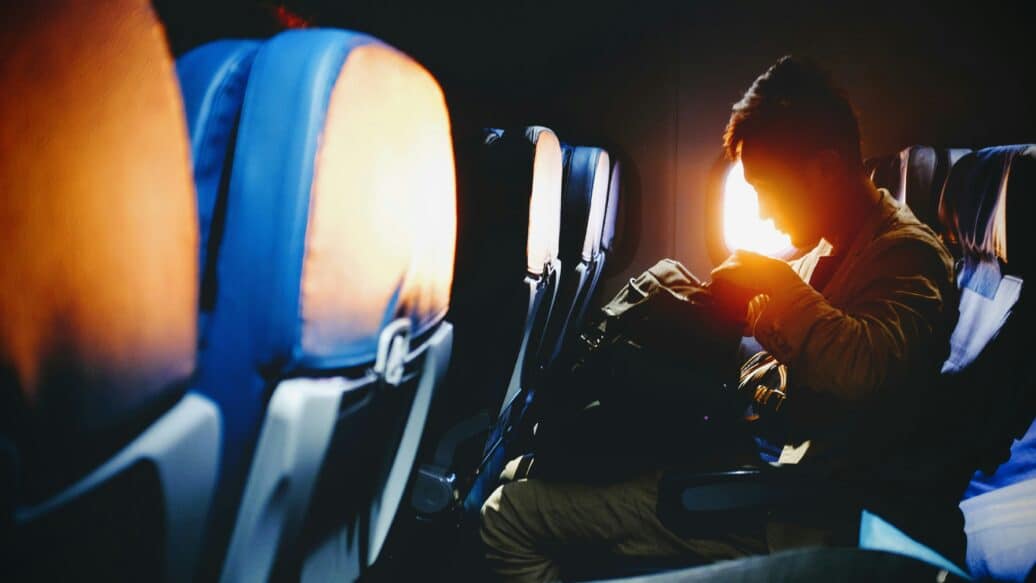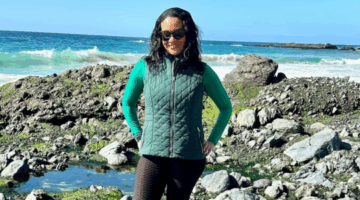How to Prepare for Your First Time Flying on a Plane

Whether it’s your first time flying overseas or your first time flying period, this guide to managing the flight process will be a great resource.
Here are some top tips to get you up-and-away with ease.
Explore ACIS Educational Tour Itineraries
Arrive Early
There’s a running internet joke about the way dads always get to the airport 6 hours ahead of flight time. You don’t need to go that far, but do plan to leave yourself plenty of time to account for traffic, security lines, and any other delays. Typically you’ll want to aim for the following airport arrivals:
- At least 2 hours ahead of boarding time for domestic
- At least 3 hours ahead of boarding time for international
- When traveling with a group, it’s even more vital to arrive early and meet at the check in area
Luggage Requirements
There are 3 basic types of luggage to consider:
- Personal items – Backpacks, purses, shopping bags, etc. that are small enough to fit under the seat in front of you
- Carry-on – Bags that are small enough to be stowed in the overhead. You will have this with you in the plane cabin.
- Checked – These bags are checked-in with an attendant before security and travel under the plane
We strongly recommend only bringing one personal item and one carry-on bag. This way you don’t risk having the luggage getting lost or delayed.
When boarding, you will typically be allowed one carry-on bag that meets sizing requirements and one personal item. Make sure to check out the specifics for your airline’s specific permissions. Any suitcase weighing 50 pounds or more must always be checked!
Trying to figure out what to bring on your international flight? Check out our packing tips post.
Carry-On Essentials
In your carry-on baggage, you will want to make sure you have:
- Important documents such as your passport and hotel information
- A change of clothes in case there are any delays in the checked baggage arrival
- Any entertainment needed for the plane ride, like books, magazines, and personal electronic devices
ALWAYS keep medications and key items such as glasses or contacts with you in your personal item. Note that if you do bring liquids, they must be 3.4 oz or less per container and packed separately in one clear, quart sized ziploc bag, one bag per person. (Remember that as 3-1-1!)

Prepare for Security
After you’ve arrived at the airport and checked any baggage, you will head through security. You need to have your ID and boarding pass ready to go. TSA scans your ID and typically checks to make sure you’re in the right terminal area.
When you go through the security, these are the key To-Dos:
- Take off your shoes. Be sure to wear ones that are easily removable – And it’s always a good idea to make it a pair with socks so you don’t have to go barefoot in the terminal
- Take out your clear plastic bag of liquids and place it in the provided rectangular bins
- Remove your large electronics such as laptops and ipads and also place within the bins
- Place any metal items like loose change and house keys in a small circle bin
Your items will all pass through a X-Ray machine while you travel through a metal detector, and you’ll be reunited on the other side of security. Be sure to gather all of your essential items, especially your passport, before leaving security.
Navigating the Airport
Once you’re out of security, you can head to your gate.
You’ll see monitors across the airport that provide a full list of that day’s flights. Your electronic boarding pass may also have this information, but it’s good to check the boards in case there are any critical updates.
Look for your destination city, flight number and departure time and there will be a gate number assigned at the end of the row, as well as a status update. If it says departed, you’ve missed the boat!

Boarding Your Flight
Boarding starts about 30 minutes prior to the listed departure time. You will want to make sure you’ve done any shopping or eating prior to the boarding period, as you’ll need to be near the gate to hear the attendants’ announcements. And definitely make sure you go to the bathroom! It will be awhile before you can use the restrooms on the plane.
When your flight is called, you will start the boarding process. Your ticket will let you know what boarding zone you are in and also provide you with your seat assignment if you have one. Some airlines do open seating, so you can pick the first open seat that looks good!
Activity Ideas to Enjoy Your Flight
It’s time for takeoff! After listening to a safety demonstration, you can feel free to sit back, relax and enjoy the flight.
Remember those books, magazines, and tablets you put in your carry-on? Now is the time to use them. Depending on the length and destination of your flight, there may be seat back screens availble for you to watch movies and satellite TV. Just in case, though, it’s always smart to pack 1-2 entertainment items that are not dependent on a screen or wifi connection.
A note on food and drink
For both domestic and international trips, airlines typically provide a free snack and beverage during the flight. If you are on an international flight, you will likely be served a meal. Pack snacks ahead of time if you think you’ll get hungry, especially for a long haul journey.

Landing and Arrival
Seatbacks and tray tables upright, please! You’re coming in for a landing.
Once the plane has fully docked at the destination gate, you will deplane. Most flights deplane front to back, so have patience if you’re towards the rear of the aircraft.
If you have checked baggage, it will arrive on a carousel at baggage claim. Your flight attendants may annnounce the carousel number but you can also check the monitors in your arrival city for which one you need.
Bags in hand, you’re ready to explore your destination! If you’re flying for the first time on an ACIS Tour, this will be the time to meet your Tour Manager and officially start your adventure. We hope these tips come in handy no matter where you’re traveling!











Please add my name to the newsletter list.